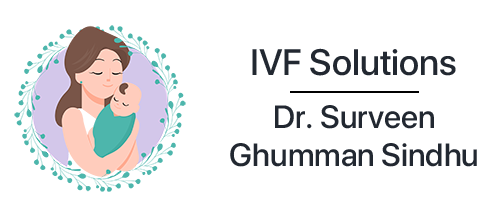More couples than ever are turning to ‘In Vitro Fertilization’ to help build families.
In 2012, more than 61,000 babies were conceived with the help of IVF, the Society for Assisted Reproductive Technology. That means IVF babies made up 1.5 percent of the 3.9 million births in the U.S. And it makes 2012 the year with maximum IVF on record. Doctors performed the most procedures and delivered the most IVF babies. Over the past decade, the number of IVF treatments has been rising. Doctors performed about 113,000 cycles back in 2003. That number jumped by nearly 50 percent to about 165,000 in 2012. A lot of individuals – specifically women – are choosing to develop their careers, and are getting older before they have children, thus needing more IVF treatment services.
At the same time, the number of high-risk multiple births from the treatment have been slowly declining, the report found. There has been a marked reduction in triplets. In 2003, women between the ages of 35 and 40 had about a 6 percent chance of having triplets during a successful IVF procedure. Now the odds have dropped to 0.7 percent.
The reason for the decline, is that couples and their doctors are choosing to use fewer embryos during each cycle. The chance for twins is also less than it was a decade ago. But the rate is still high, especially for women younger than 40. About a quarter of all successful IVF cycles for women in this age group resulted in twins during 2012, the study reported.
Between 1971 and 2011, the rate of multiple births doubled in the U.S., from 1.8 to 3.5 percent. That spike has been almost entirely because of fertility treatments. In the past, doctors often used three or more embryos during IVF to boost the chance of pregnancy, especially in older moms.
It is found that transferring more than two embryos didn’t actually increase the odds for a successful live birth. And the average number of embyros transferred per cycle has been steadily declining in all age group groups over the past decade.
For instance, the average number of embryos used for women between the ages of 35 and 37 dropped from 2.9 in 2003 to 2.0 in 2012, the study found in UK.
But IVF does come with other risks. During the procedure, 1 to 5 percent of women suffer from a potentially serious complication, called ovarian hyperstimulation syndrome. IVF babies conceived by a special fertilization technique called ICSI have a small increase in risk for a few rare genetic disorders, including Beckwit-Widemann syndrome and Angelman syndrome.

